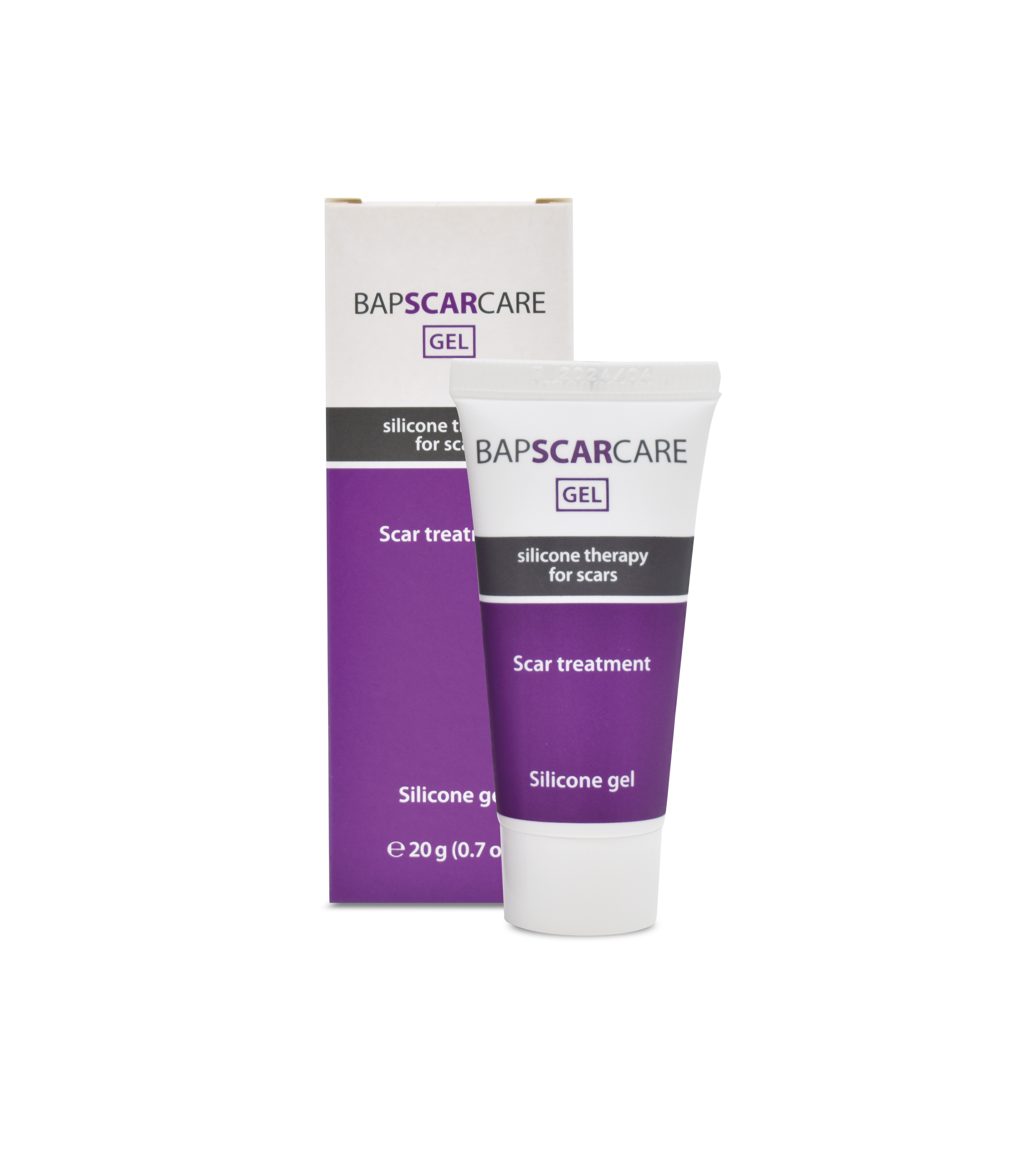Different types of scars - Bapscarcare
Do you have a scar, or are you afraid you will get one? Then it is good to know that there are different types of scars. Because unfortunately not all of them are 'normal'. Sometimes they can be quite different. Then you can suffer more from them, and they are often (much) more visible. That is why we briefly discuss each type of scar below. With a short advice on what action you can take.
Immature scar
An immature scar is young, red, slightly raised and not yet fully formed. The development of the scar can then still go in any direction: it can become a normal scar. But also an abnormal scar: keloid or hypertrophic. That's why it's important to make sure your skin gets help now. Especially when retaining sufficient moisture.
Advice: Do you belong to the risk group for developing an abnormal scar? Then it is crucial to start silicone therapy as soon as possible after wound closure. Preferably as soon as your wound is closed. For visible areas such as your face and neck, we recommend silicone gel. Under clothing, it is best to use a silicone plaster. Also protect your scar well from the sun. For this you can use a silicone gel with UV protection that protects your scar from the harmful UV rays.
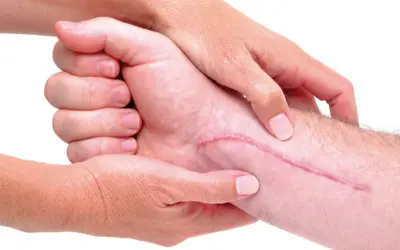
Hypertrophic scar
A hypertrophic scar is 'thickened': it rises above your skin. The color is bright red. Without treatment, it can grow quite large, but remains within the lines of the original wound. It also often causes complaints: it feels stiff, itches, hurts and 'pulls' on your skin.
Advice: start with silicone therapy. This way you limit moisture loss from your skin. This makes your scar flatter, smoother and thinner. And you suffer less from complaints.
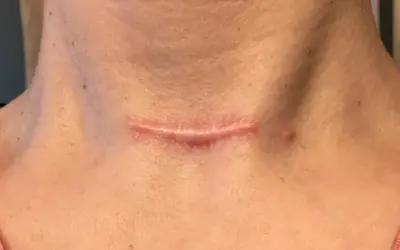
Keloid scar
A keloid scar grows beyond the edges of your wound. The color is bright red to purple. Without treatment, such a scar continues to proliferate: it becomes larger and thicker. You can suffer from it a lot: itching, pain and a 'tight' skin.
Advice: Keloid scars never go away on their own. Treatment is therefore necessary. Support recovery with silicone therapy. This way you limit moisture loss from your skin, and help reduce complaints such as pain and redness. Additional treatment may be necessary, always discuss this with your doctor.
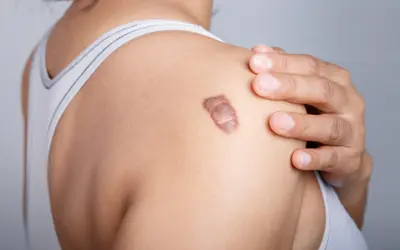
Atrophic scar
An atrophic scar is sunken and is often a pit in your skin. The skin also appears thinner and more translucent. Furthermore, it is not very noticeable in terms of color. It also usually causes few complaints. Examples of atrophic scars are acne scars or chickenpox scars.
Advice: For advice against atrophic scars, it is best to contact your doctor or a professional skin therapist. Possible treatments that are recommended are laser treatments or (chemical) peels. Then your skin is irritated or "damaged in a controlled manner". As a result, your skin produces new cells and/or connective tissue. This makes the scar look more like normal skin.
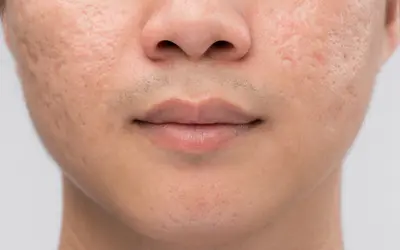
Normal (mature) scar
A normal scar that has just arisen is (bright) red, when a normal scar recovers well, it then becomes skin-colored, white or slightly brownish (due to pigment). They are not 'thickened' and neatly within the place of the original wound. The scar causes minor complaints, especially in the first few weeks: itching, further redness, pulling and/or pain.
Advice: When your scar has matured and formed normally, no more treatment is needed. However, it is wise to keep moisturizing your scar well and protecting it from the sun. You can use Alhydran cream or Alhydran SPF 30 for this.


